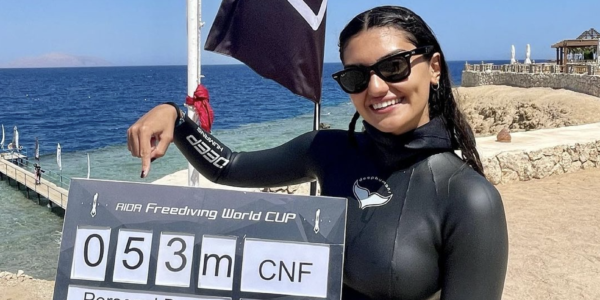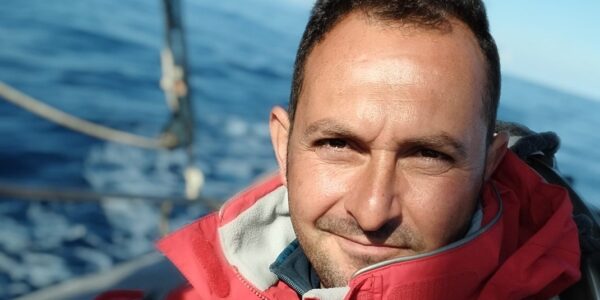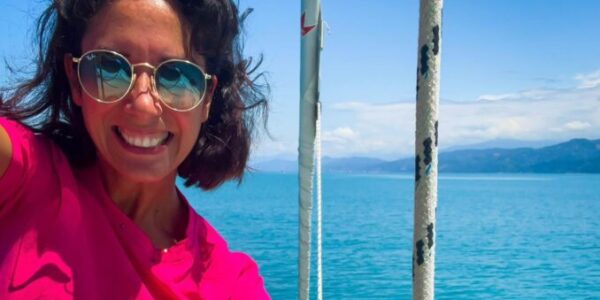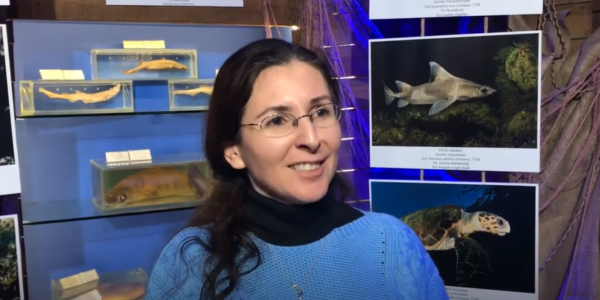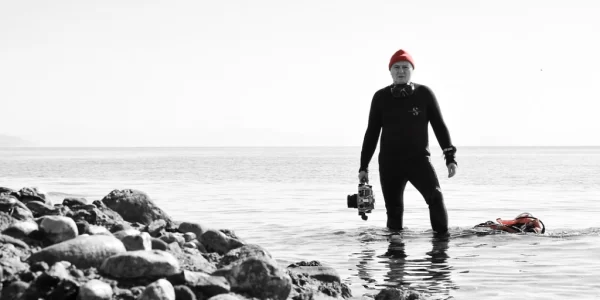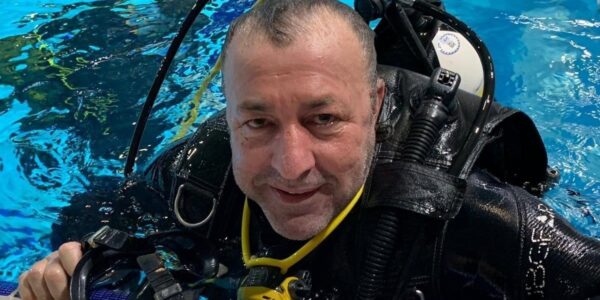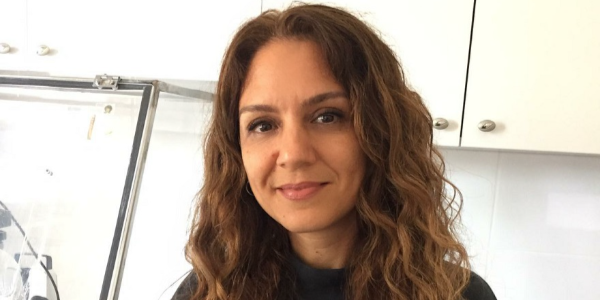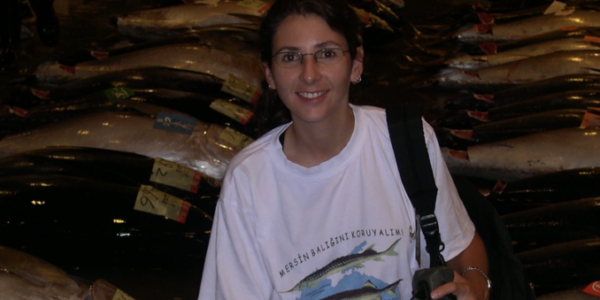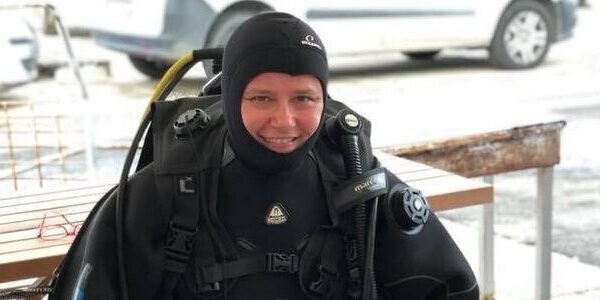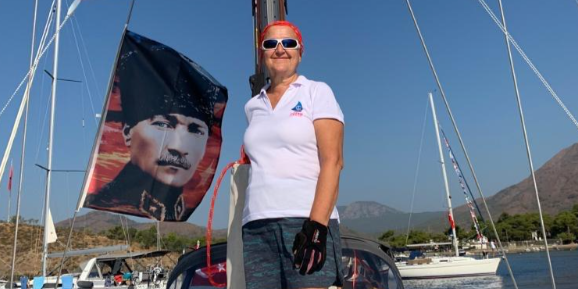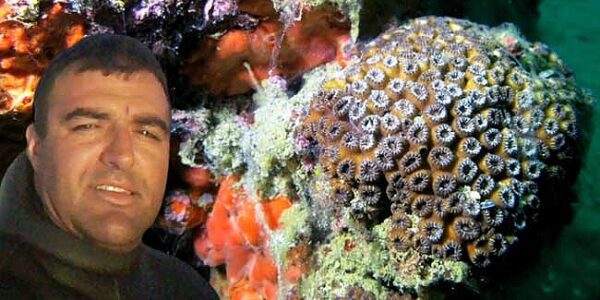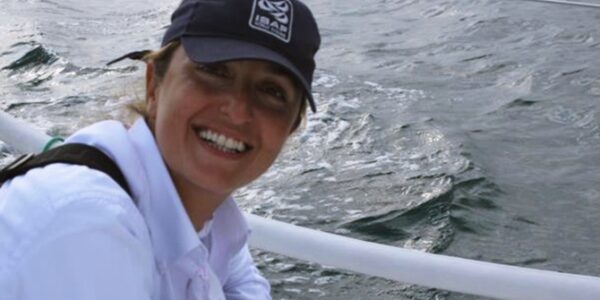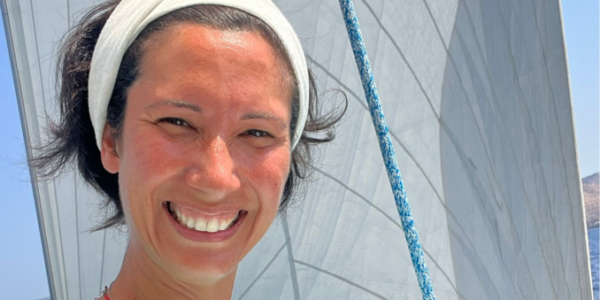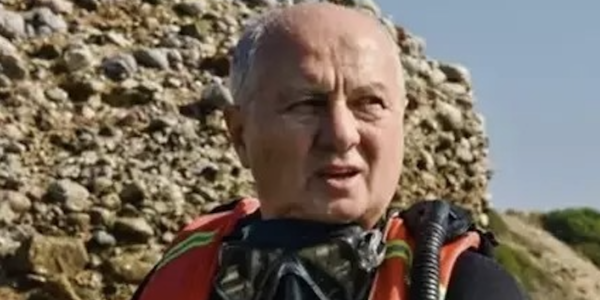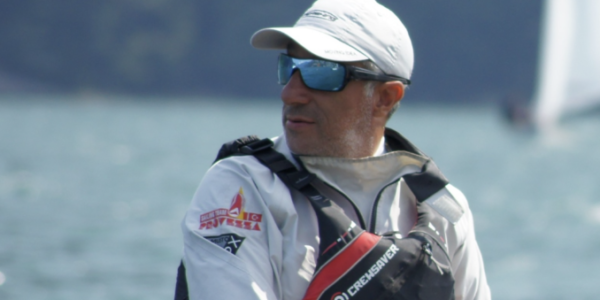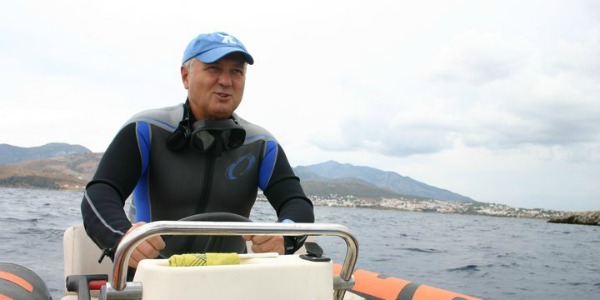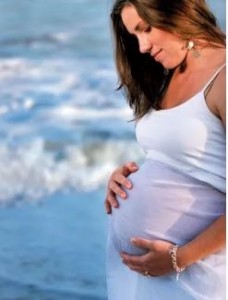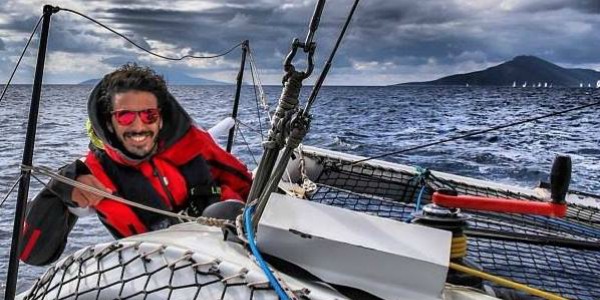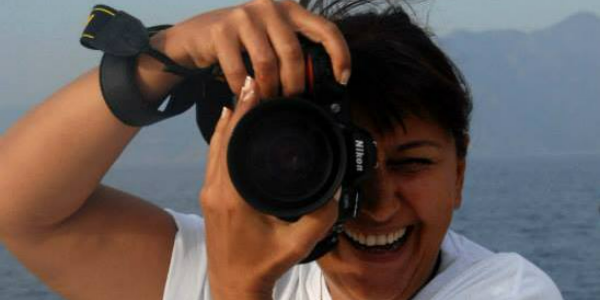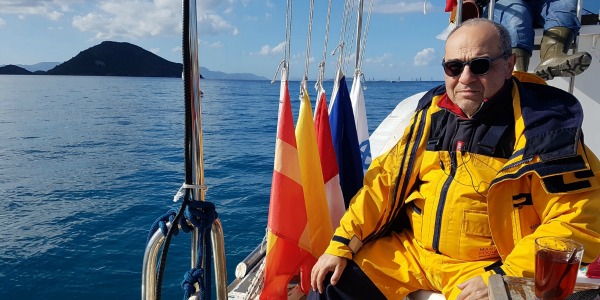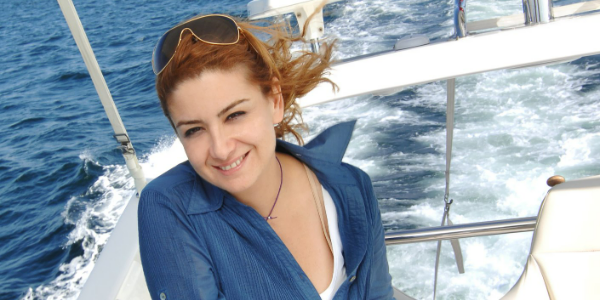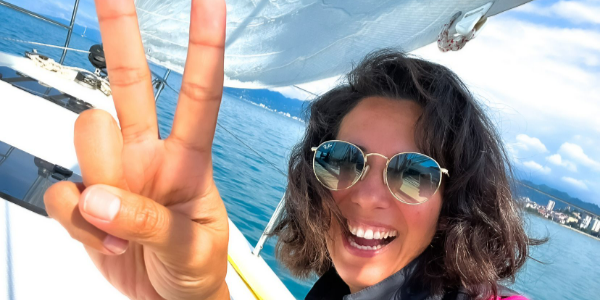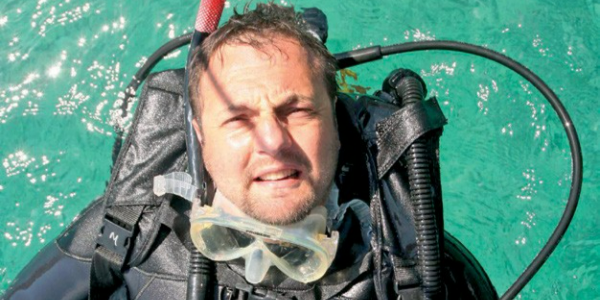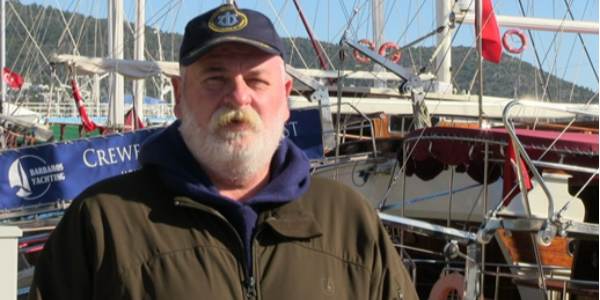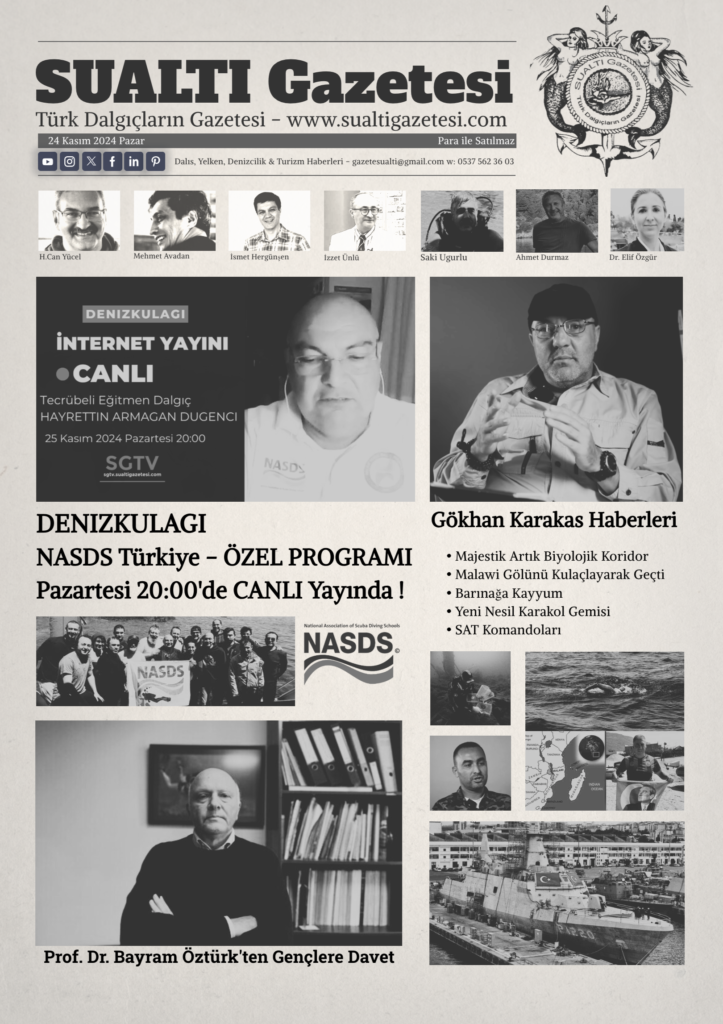Not only should pregnant women refrain from diving, women who think they may be pregnant or are trying to become pregnant should likewise avoid it. For ethical reasons there has never been experimental research investigating the effects of diving on a fetus. Retrospective anecdotal data regarding pregnancy and diving show there may be a risk to the fetus should a mother continue diving during pregnancy. A survey of 208 mothers who dived during pregnancy showed higher rates of low birth weight, birth defects, neonatal respiratory difficulties and other problems. [1]
Decompression studies conducted on sheep demonstrated that a fetus may develop bubbles before the mother displays clinical symptoms of decompression sickness. [2,3] (Sheep studies are relevant because the placentas of sheep and humans are similar.) The fetus runs the potential risk of death because the fetal cardiovascular system has no effective filter. Therefore, any bubbles formed are likely to go directly to the brain and coronary arteries. All sheep studies showed very high rates of fetal loss. Although it is limited, the available data seem to suggest strongly that women should refrain from diving while pregnant or trying to conceive.
As with scuba diving, the data on freediving and pregnancy are limited, with most data coming from Japanese ama divers and Korean haenyo divers. Freediving for pearls and abalone is a way of life for these divers, most of whom are women. Many ama divers continue to freedive well into pregnancy without many adverse effects, although profiles are modified based on gestation. Conservative freediving during pregnancy may be considered a safe activity for enjoyment or relaxation (provided good maternal and fetal health), but it should not be considered an ideal form of exercise. DAN® recommends that pregnant women consult their doctor before beginning any new exercise activity.
The recommendations regarding a return to diving after childbirth vary based on the type of delivery. After a normal vaginal delivery without complications, a woman can resume diving in about 21 days. This allows time for the cervix to close, which limits the risk of infection. An uncomplicated cesarean section generally means eight to 12 weeks of not diving to allow the mother to regain stamina and cardiovascular fitness. If a woman is put on bed rest due to complications, waiting more than 12 weeks is prudent because of deconditioning and loss of aerobic capacity and muscle mass. Following a miscarriage, a woman can return to diving when the physician releases her for full, unrestricted activity.
Diving is considered safe for mothers who are breastfeeding. Nitrogen does not accumulate in breast milk, so there is no risk of the baby absorbing dissolved nitrogen through breastfeeding. But diving can be dehydrating and may thus interfere with milk production, so appropriate hydration is important.
Most mothers are careful to limit or avoid alcohol, tobacco and caffeine during their pregnancy, and it seems reasonable to add all scuba diving activities to this list. Dive medicine experts and training organizations all agree that while the risk may be small, it is avoidable.
1. Bolton ME. Scuba diving and fetal well-being: A survey of 208 women. Undersea Biomed Res. 1980; 7(3):183-189.
2. Fife WP, Simmang C, Kitzman JV. Susceptibility of fetal sheep to acute decompression sickness. Undersea Biomed Res. 1978; 5(3):287-292.
3. Powell MR, Smith MT. Fetal and maternal bubbles detected noninvasively in sheep and goats following hyperbaric decompression. Undersea Biomed Res. 1985; 12(1):59-67.
Source: sport diver
